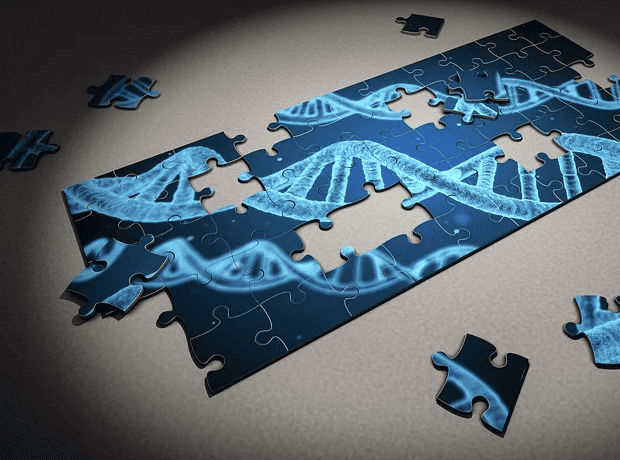Researchers have developed a new genetic test could help doctors pick out patients with the bone marrow cancer multiple myeloma who are at “ultra high risk” of their cancer progressing aggressively early on.
The team, based at The Institute of Cancer Research, studied 329 patients across UK hospitals from the phase III Myeloma XI trial and found that patients whose cancers display particular genetic patterns have a much poorer survival than average and are unlikely to benefit from lenalidomide (sold as Revlimid by Celgene among other names) on its own.
The scientists say that picking out patients whose cancers have high-risk genetic features could therefore help clinicians realise sooner if they’re unlikely to respond to treatment, enabling them to find alternative options as early as possible.
Published in Leukemia, the findings come from a group of people found to be at ultra high risk by analysing patterns of abnormal gene activity and genetic mutations of their cancers – with the aim of finding out if these “signatures” could provide clues as to how aggressive their cancer is, how quickly it spreads and if it is likely to respond to treatment with lenalidomide on its own.
Testing for high-risk genetic features could “help target myeloma treatment, focusing on the specific needs of each patient. Not all patients with myeloma are the same, and we know that by better understanding their cancer’s genetic and molecular features, we can tailor their treatment much more effectively,” commented study leader Dr Martin Kaiser. “The next step is to combine our results for this study with the ongoing OPTIMUM trial, which will provide us with more information on how to tailor treatment for patients at ultra high risk based on genetic information.”
The combined insights and OPTIMUM trial will look at 470 patients, in order to find alternative treatment options for people with high-risk myeloma.










